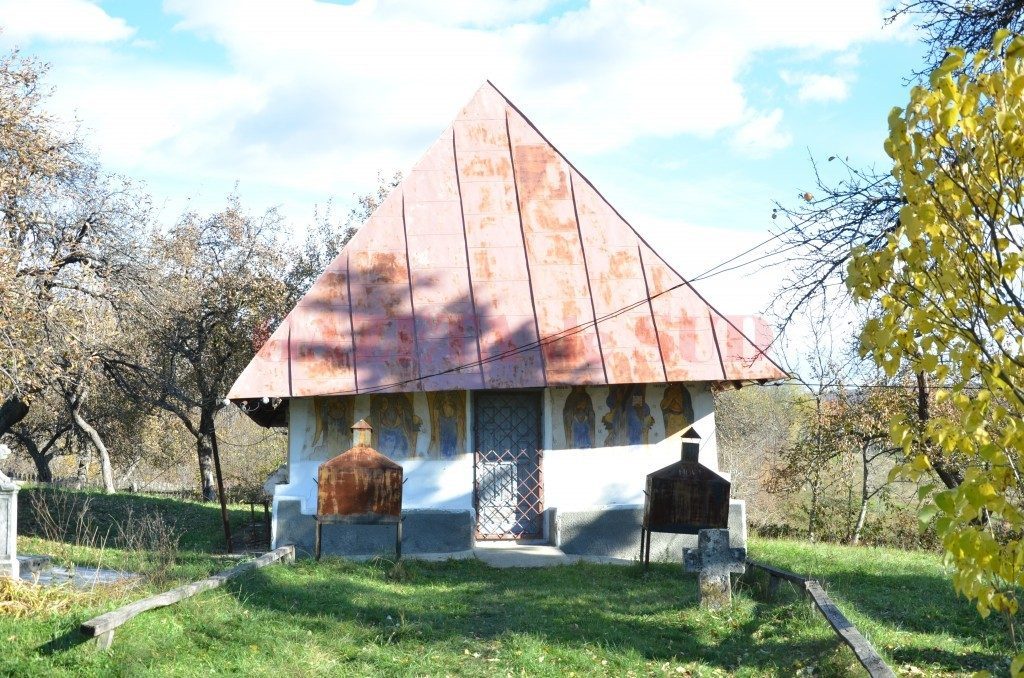

The Saint Steven Church from Gornovița was built around the years 1796 – 1799, being redone only in the XIXth century.
The church is a historical monument, the subsidiary of the congregation Prejna, the commune Balta. In the inscription written in 1962, when the church was covered with plates, it is mentioned as year of the construction and of the painting of the place of worship the year 1859. In the inventory of the churches from 1845 there appears the name of the priest Pârvu, of his father, Nicolae, which was also priest and the date of building up the church, 1813. Another source mentions the year 1746.
The village is certified starting with the year 1511, partly belonging to the Monastery Tismana.
In the narthex there is kept the inscription: It was painted in the year 1859, August the 8th, Ioan Zugravul. The mural paintings date back to the year 1962 and they are signed by Gh. Bărbulescu from Tismana.
The church is a low construction, with a wide roof, having as purpose the defense against the rain.
Gornovița is a village in the commune Balta from the county Mehedinți, Oltenia, Romania. It is situated in the northern part of the county, in the Plateau Mehedinți.
Balta is a commune formed from the villages Balta (the residence), Coada Cornetului, Costești, Gornovița, Nevățu, Prejna and Sfodea.
The locality is certified documentary in the XIVth century, the founder being Petre Medonea. The Sword Bearer Căciulat, the beneficiary of the imperial book from 1547 was the descendant of Petre Medonea (the geneaology from 1826). Starting with 1819 it is inventoried as village on the megieșesc property with 37 families who pay their taxes, after which between the years 1721/1722 Fr. Schwantz reviewed the Ponor establishment as village with inhabitants.
According to the census performed in 2011, the population of the commune Balta was up to 1.120 inhabitants, in decrease in comparison with the previous census from the year 2002, when there were registered 1.441 inhabitants. The majority of the inhabitants are Romanian (97, 41%). For 2, 59% from the population, the ethnical affiliation isn’t known. From the confessional point of view, the majority of the inhabitants are orthodox (97, 32%). For 2, 59% of the population, the confessional affiliation isn’t known.
